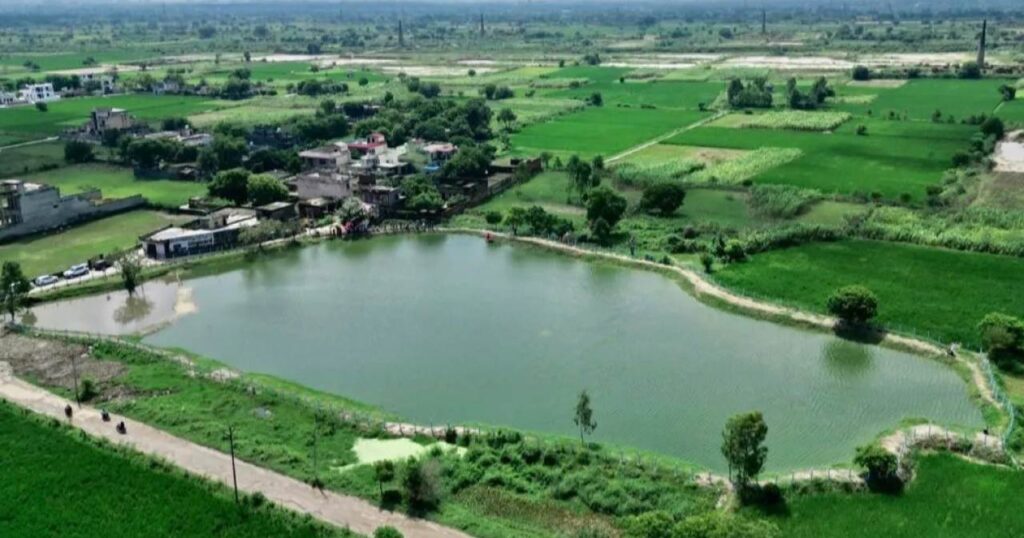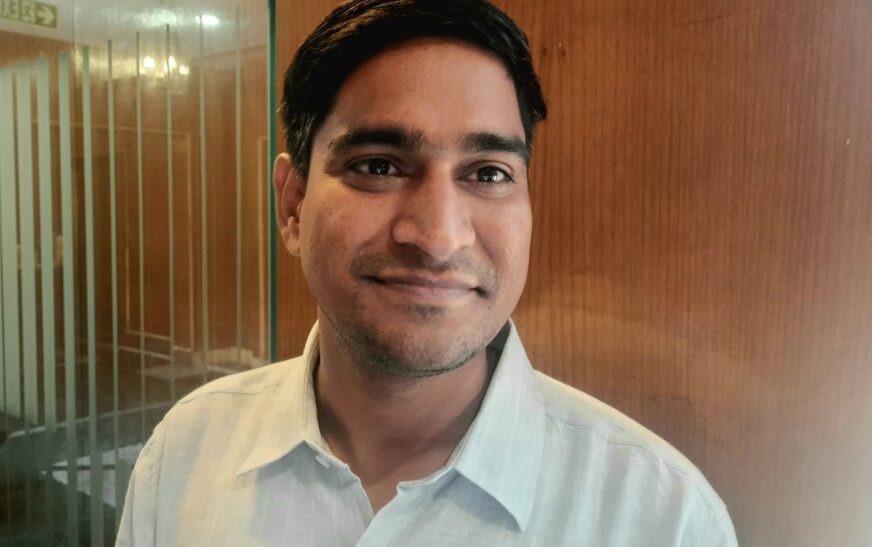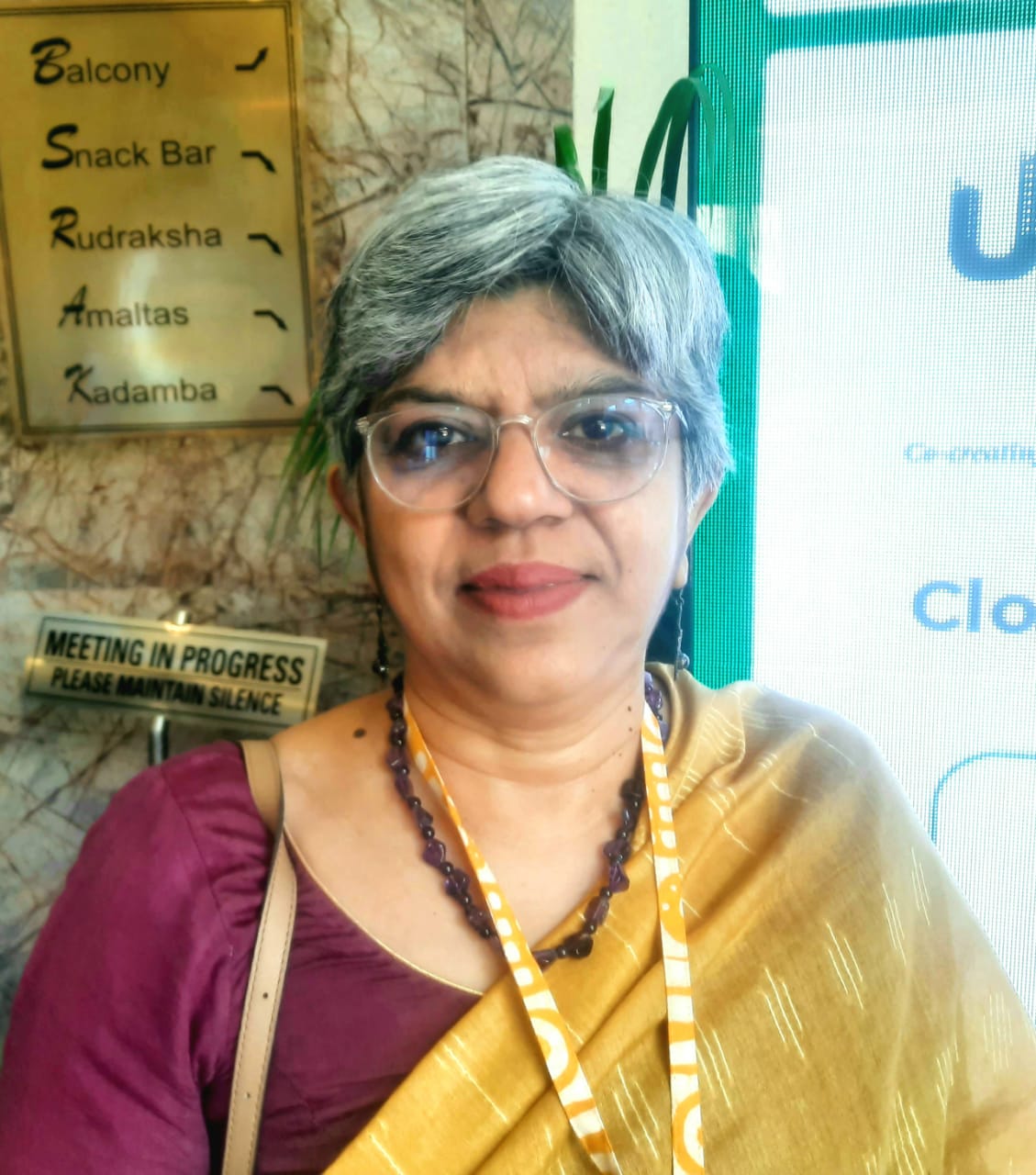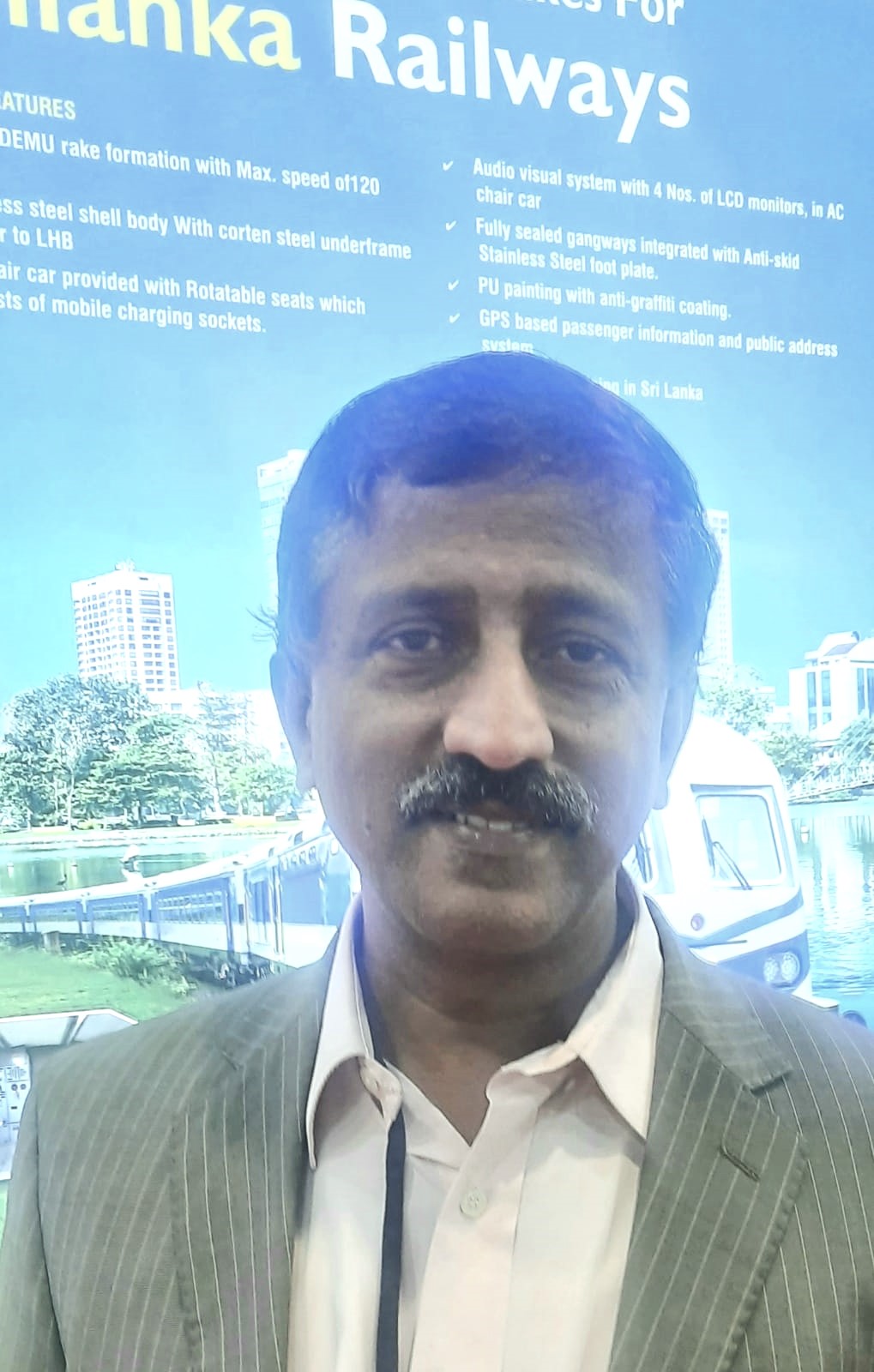This World Environment Day, The Interview World renews its unwavering commitment to amplifying voices that shape a sustainable future. As climate challenges intensify, our response must grow bolder, sharper, and more unified. This year, we urge a shift in focus—from mere water conservation to water positivity. This mindset calls on us not only to preserve water, but to replenish and protect it actively.
Water is finite. Yet, across industries, farms, and households, it is often treated as limitless. That must change—immediately. Innovation, recycling, and waste reduction are no longer options; they are necessities. If we aim to secure a resilient and equitable future, every drop must count.
We call upon all stakeholders—governments, corporations, communities, and changemakers—to adopt a mindset of responsible water stewardship. Practical solutions exist: rainwater harvesting, greywater reuse, efficient irrigation, and advanced wastewater treatment. Implementing them today will determine the well-being of generations to come. Sustainability is not a marketing mantra—it is a matter of survival.
At The Interview World, we continue to spotlight bold ideas and transformative initiatives that honour the planet and restore balance. Progress, when rooted in ecological respect, carries true purpose. Let this World Environment Day ignite action—not just contemplation.
In a special conversation with The Interview World at Amazon Water Dialogues 2025, Ramveer Tanwar, widely known as the Pond Man of India and Founder of Say Earth, brings water positivity to life. He breaks down the concept through the lens of sustainability and effective resource management. He shares eye-opening insights into the alarming state of groundwater and neglected traditional water bodies across India. He details the rising threat of arsenic contamination in rural areas, offers solutions to rejuvenate water bodies, and underscores the role of governments, communities, and citizens in this mission. Importantly, he links water conservation directly to the vision of Viksit Bharat—a developed India rooted in environmental responsibility.
Here are the key takeaways from his thought-provoking dialogue.
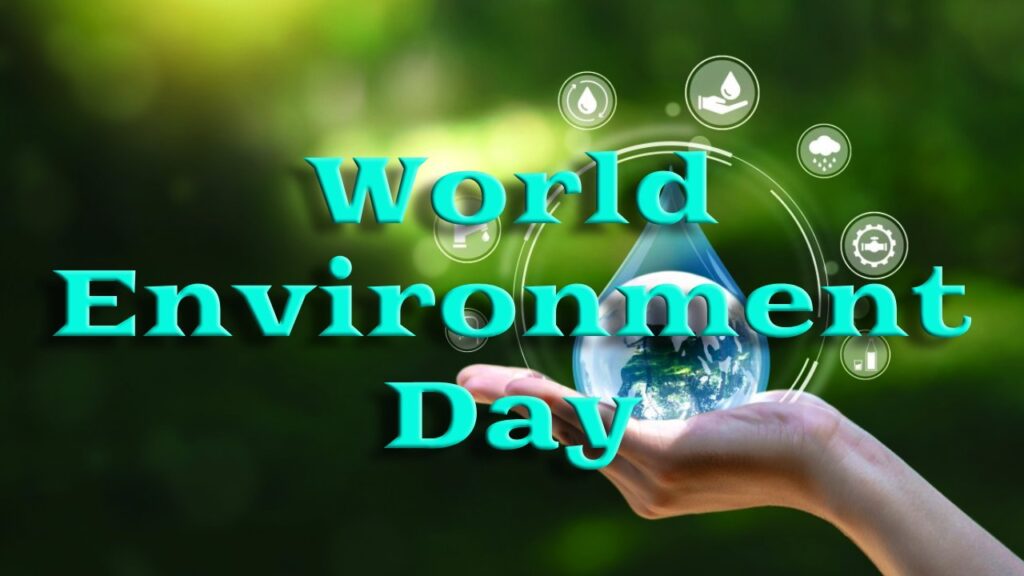
Q: Could you please explain what ‘water positivity’ means in the context of sustainability and resource management?
A: Water positivity, to me, begins with a fundamental principle: recharge before you consume. Before meeting your water needs, you must actively replenish the source. Equally important is minimizing consumption—use less, waste less.
This starts with embracing advanced, water-efficient technologies. These innovations not only reduce water waste but also lower the overall demand for production. Next, focus on circular usage: recycle wastewater and reuse it wherever possible. The goal is to ensure that no drop goes unused.
Yet, if water loss still occurs, your responsibility doesn’t end there. Turn to nature as an ally. Support the restoration of natural ecosystems—lakes, rivers, wetlands—that serve as vital recharge zones. By nurturing these water bodies, you help nature restore balance and sustain the water cycle.
In essence, true water positivity is proactive, efficient, and regenerative.
Q: As the ‘Pond Man of India,’ you’ve worked extensively on water conservation. What is your assessment of the current condition of groundwater and traditional water bodies in India, and what concerns you the most?
A: Urban and peri-urban areas pose serious challenges to the health of water bodies. As cities expand, they bring with them the banner of so-called “sustainable development.” But in reality, this growth often leads to the destruction of natural ecosystems—including lakes, ponds, and wetlands.
Urban systems come equipped with infrastructure: municipal corporations, waste management policies, and sanitation frameworks. However, peri-urban zones, though equally burdened by population and consumption, are left behind in planning and infrastructure.
These areas generate the same volume of solid waste—plastic wrappers, packaging, household garbage—but have no systems in place to manage it. With no formal waste disposal, residents dump trash directly into nearby water bodies. As a result, these once-natural reservoirs become informal landfills.
Then comes the second, even more damaging layer: liquid waste. Every household releases greywater, often through crude septic systems. Where only 10 liters of wastewater should be produced, over 1,000 liters flow unchecked. With no sewage treatment, this water is discharged directly into ponds and lakes, transforming them into greywater tanks—toxic, stagnant, and lifeless.
This pattern continues, spreading environmental degradation like a virus. Yet, in fully rural regions, where large water bodies remain undisturbed, the situation is relatively better—for now. But without intervention, these too risk a similar fate.
The message is clear: urban expansion without ecological foresight erodes our most vital natural resources.
Q: Even in areas without industries or obvious pollution sources, arsenic contamination in groundwater is increasing and affecting public health. What might be causing this, and what are your thoughts on how to tackle it?
A: Arsenic contamination stems primarily from two key sources. First, it occurs naturally in the environment—both arsenic and fluoride are naturally present in many geological formations. Second, excessive fluoride exposure often results from drilling deep into groundwater reserves. At such depths, water interacts with arsenic-rich rock layers, leading to contamination.
These two factors—natural occurrence and deep groundwater extraction—are the principal causes. In fact, vast regions across India possess specific geological conditions where arsenic is inherently present in the soil and rocks.
Additionally, industrialization plays a significant role in exacerbating the problem. In certain areas, industrial activities contribute to elevated arsenic levels, compounding the issue beyond natural and geological causes.
Q: What steps do you believe society should take to support the rejuvenation of water bodies, and how can collective action be mobilized effectively?
A: Let’s be clear—water bodies did not simply appear from nowhere. They are the legacy of our ancestors, who carefully created and preserved them with intention and foresight.
As members of a generation that prides itself on education and modernity, the least we can do is honor these natural assets. We must actively work to restore and sustain them, not merely admire their historical significance.
Our elders once swam in these waters, drank from them, and relied on them as clean, vital sources of life. Today, we hesitate to even touch them. That stark contrast speaks volumes.
So, what value do our advanced degrees and prestigious institutions hold if we can’t protect the very resources our unlettered forebears safeguarded for centuries? Without action, our education rings hollow.
Q: Which key stakeholders do you believe should take the lead in rejuvenating water bodies, and what roles should each of them play?
A: Multiple stakeholders must step up to protect and restore our water bodies. Corporates, for instance, should go beyond profit and adopt nearby lakes, ponds, or reservoirs as part of their social responsibility.
At the same time, village panchayats must be equipped with adequate funding to maintain and rejuvenate these critical resources. Financial support is not optional—it is essential.
Equally important is public awareness. People at the grassroots must understand the ecological and cultural value of these water bodies. But awareness alone is not enough.
We must cultivate a deep sense of ownership. Communities need to believe—these are our water bodies, and it is our duty to preserve them for future generations.
Q: In your vision of a ‘Viksit Bharat’ (Developed India), what role does water conservation and management play, and how do you envision the future of India’s water resources?
A: India cannot progress without water—development and water security go hand in hand. To achieve this, we must embrace a range of innovative technologies.
However, technology alone is not enough. It becomes meaningless if we continue to degrade our natural ecosystems. We cannot build a truly developed nation while dismantling the very systems that sustain life.
True development begins with ecological restoration. We must first revive our water bodies, protect our forests, and restore balance to our environment. Only then can we rightfully call India a developed nation. There is no shortcut—sustainable progress demands respect for nature.
